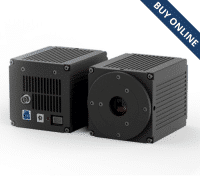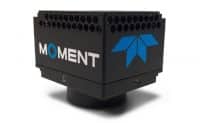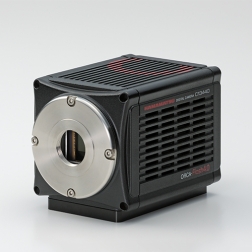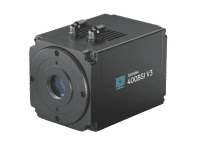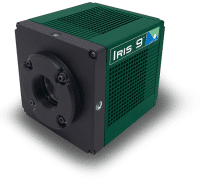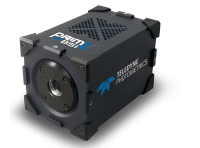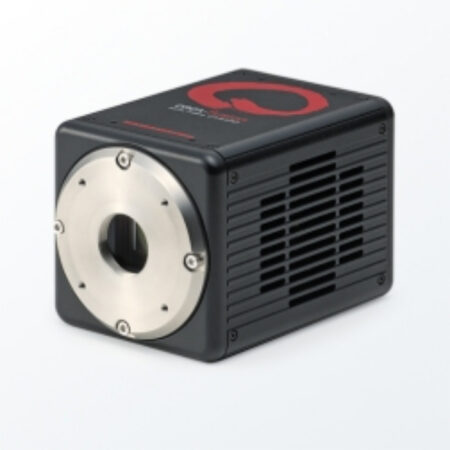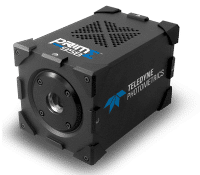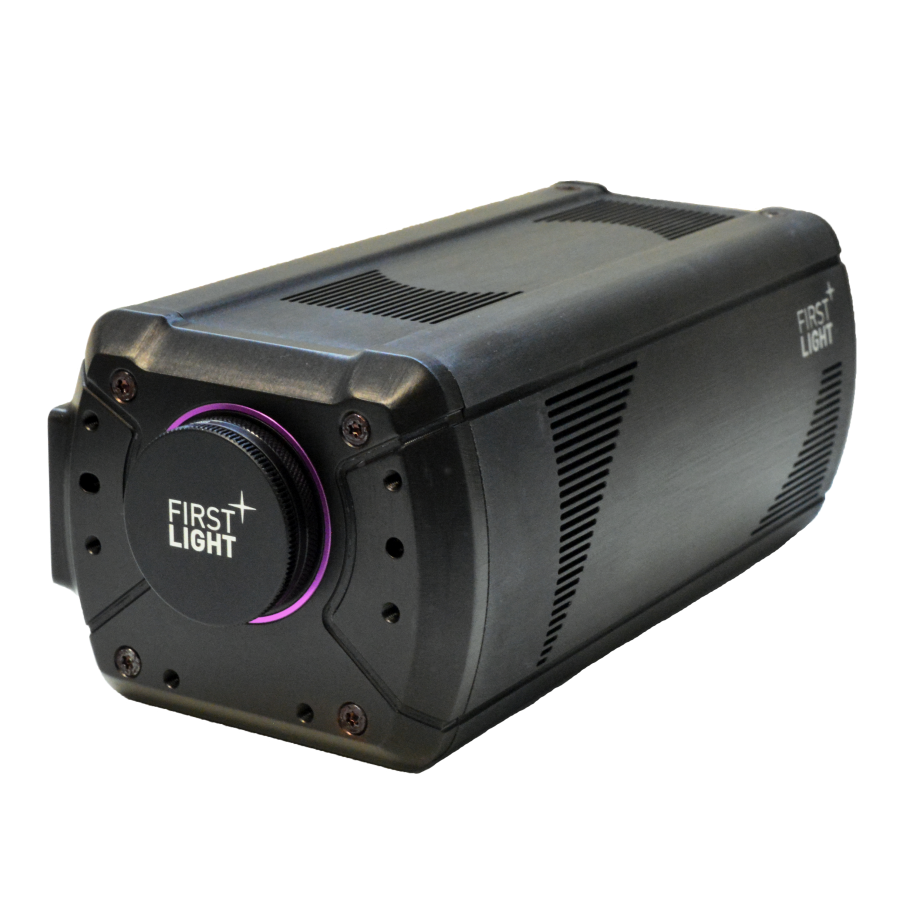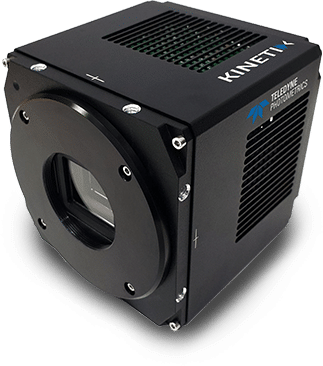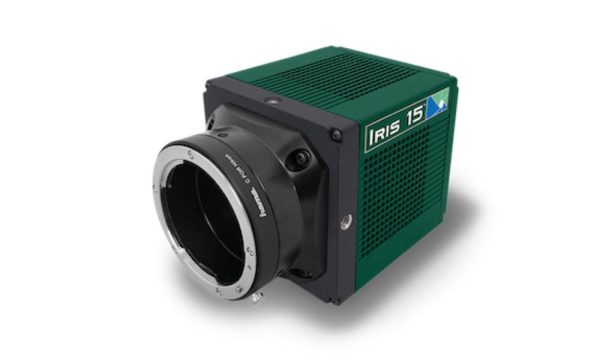Scientific CMOS Cameras
Low Noise Cameras
Low light imaging requires sensitive cameras with very low noise. Axiom Optics offers a wide range of low noise CMOS and scientific CMOS cameras for demanding scientific and industrial applications including life science, physics, astronomy, machine vision, and more.
Our versatile low noise cameras portfolio includes visible, NIR and UV sensitive cameras, rolling and global shutter cameras, cooled and uncooled cameras, long exposure (up to hours) and high-speed cameras (up to 1,000 fps), but all sCMOS cameras listed here share two common traits: low readout noise and low dark current, making those cameras the best options for low light imaging.

